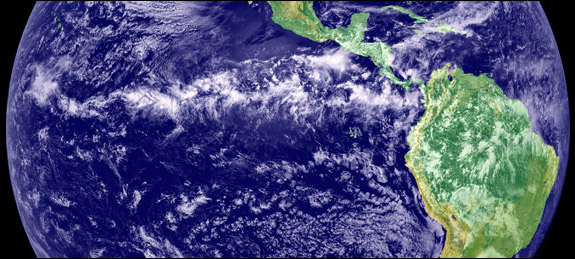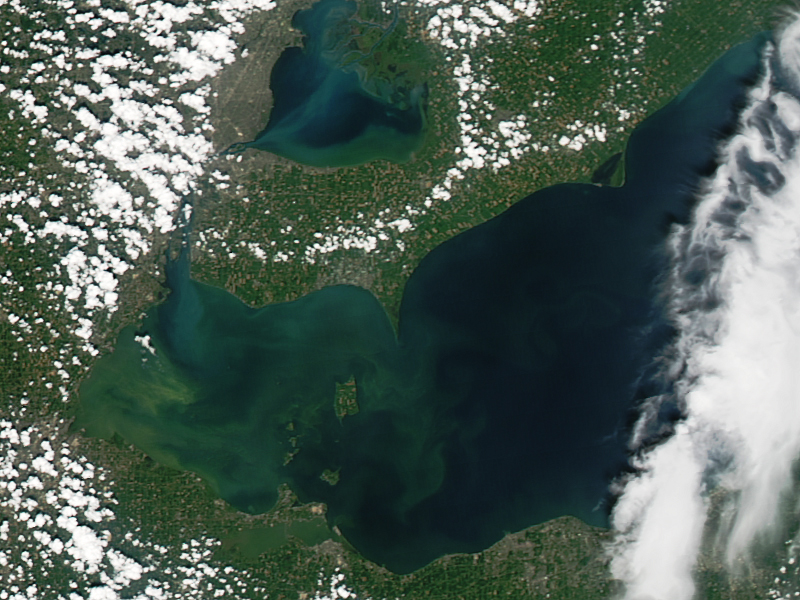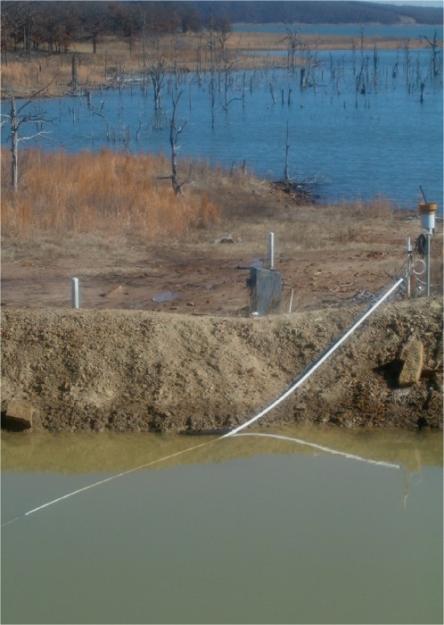Tropical Rains Moving North, Away from Tropics

A migrating rain band near the equator is en route to profoundly change the weather as it heads north away from the tropics and subtropics. The rainfall band, which supplies fresh water to nearly a billion people in the equatorial belt, threatens to turn areas with abundant rainfall into arid zones by mid-century, according to a research published in Nature Geoscience.
The paper says that the band has been moving north at about a mile a year for more than 300 years and might speed up due to global warming.
“We’re talking about the most prominent rainfall feature on the planet, one that many people depend on as the source of their fresh water because there is no groundwater to speak of where they live,” said Julian Sachs, lead author of the study and an associate professor of oceanography at the University of Washington. “In addition, many other people who live in the tropics but farther afield from the Pacific could be affected because this band of rain shapes atmospheric circulation patterns throughout the world.”
The rain band, which occurs at the so-called intertropical convergence zone –- an area just north of the equator where winds from the Northern and Southern hemispheres collide and form thick clouds as the tropical sun warms the atmosphere -– once spread over the equator. But since the end of the Little Ice Age in the mid-1800s, it has been consistently creeping north.
The authors of the study made their findings after analyzing rainfall records and examining lagoon sediments in four Pacific islands on or around the equator. The scientists identified significant changes in precipitation that profoundly affected the weather patterns in certain areas -– a scenario that might affect more islands in the Pacific Ocean.
Source: University of Washington
, a Bulgaria native, is a Chicago-based reporter for Circle of Blue. She co-writes The Stream, a daily digest of international water news trends.
Interests: Europe, China, Environmental Policy, International Security.








Leave a Reply
Want to join the discussion?Feel free to contribute!